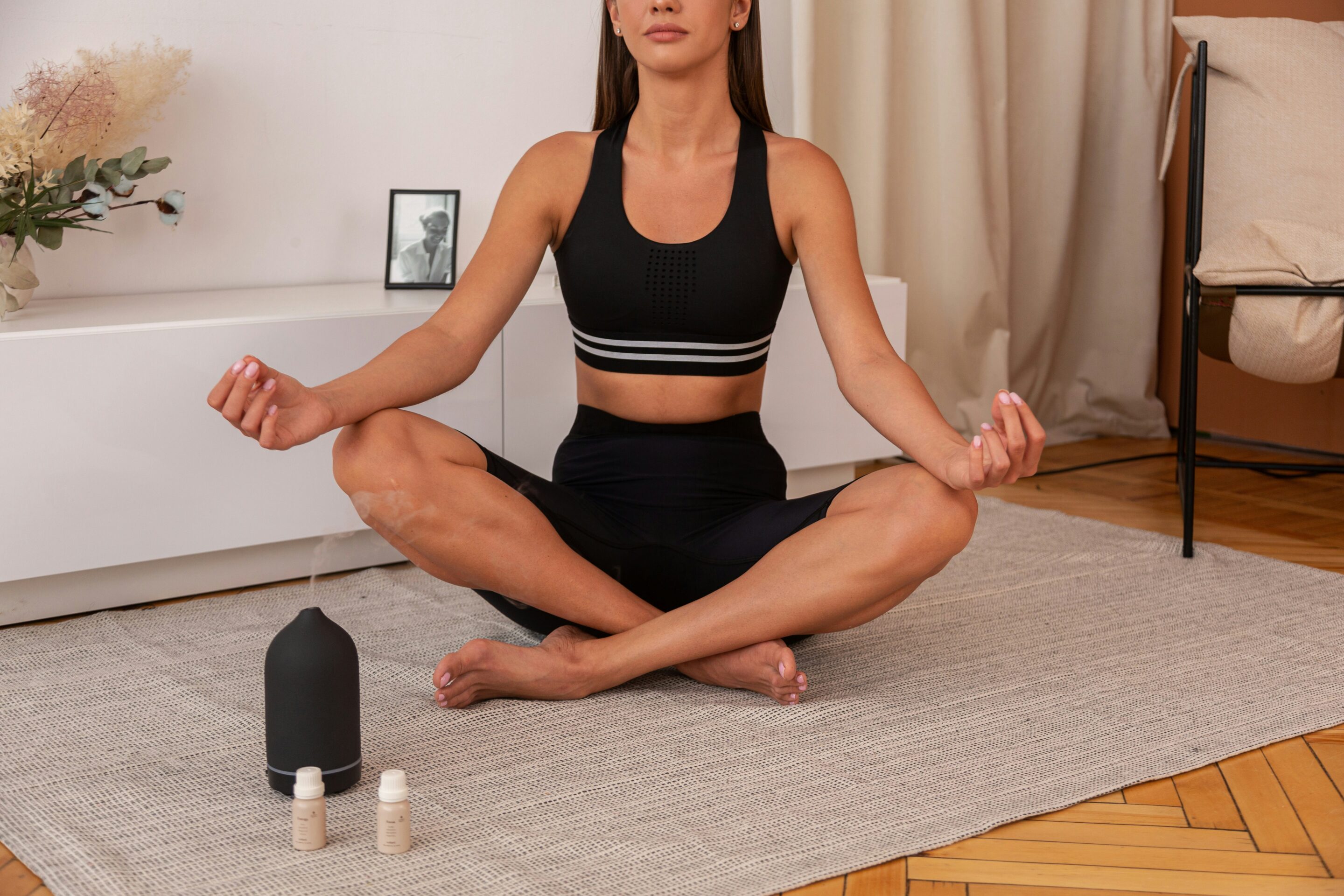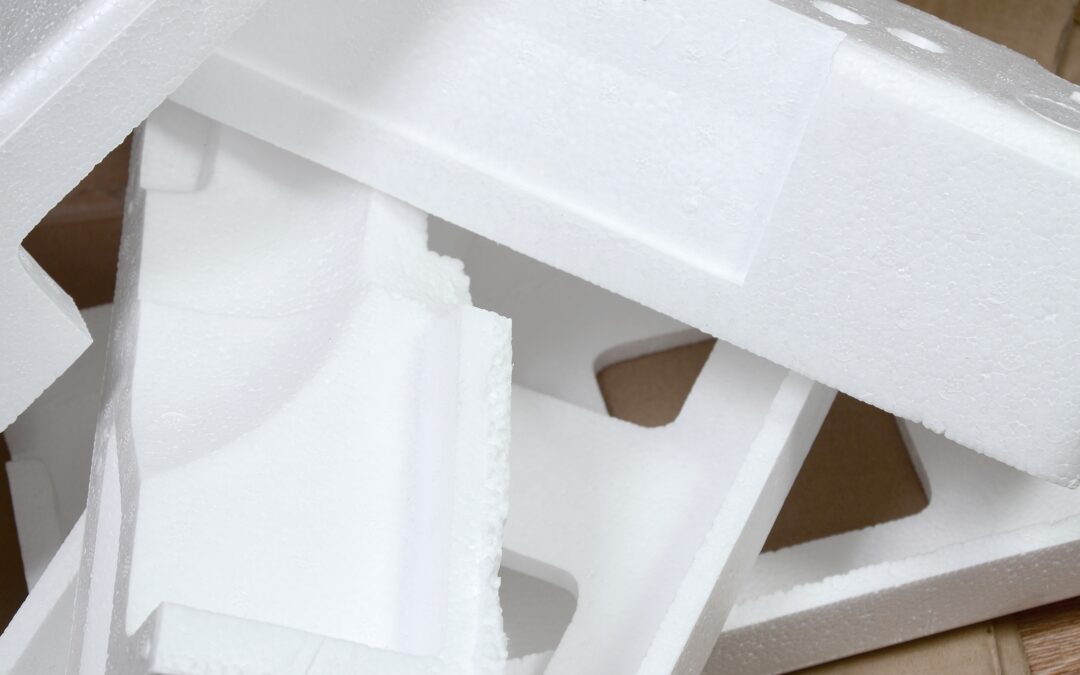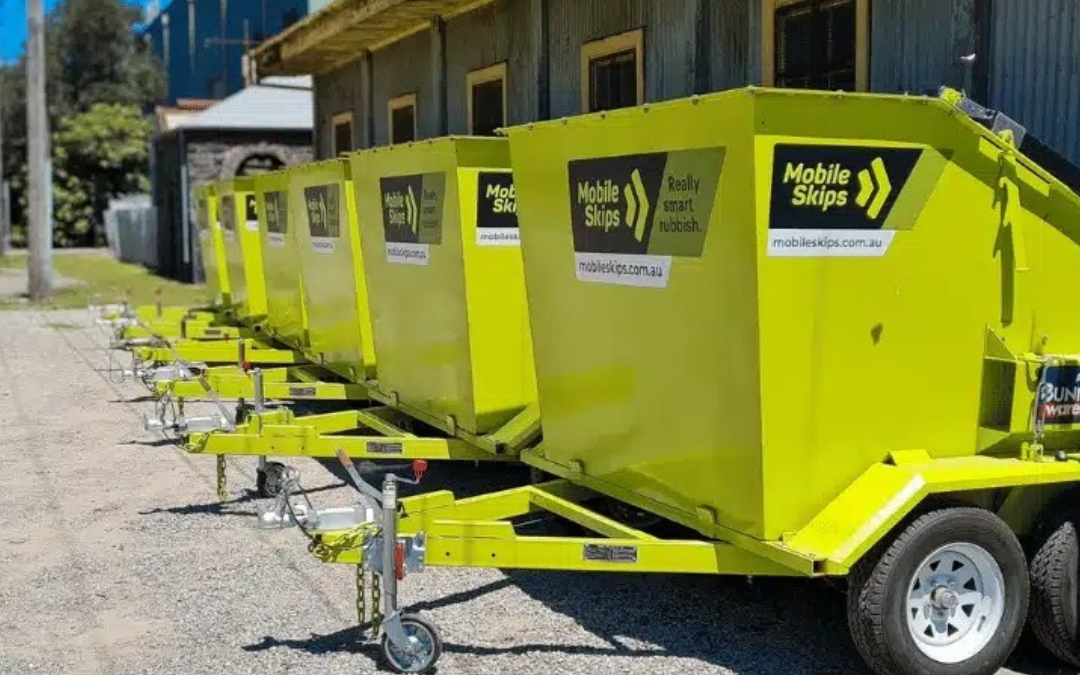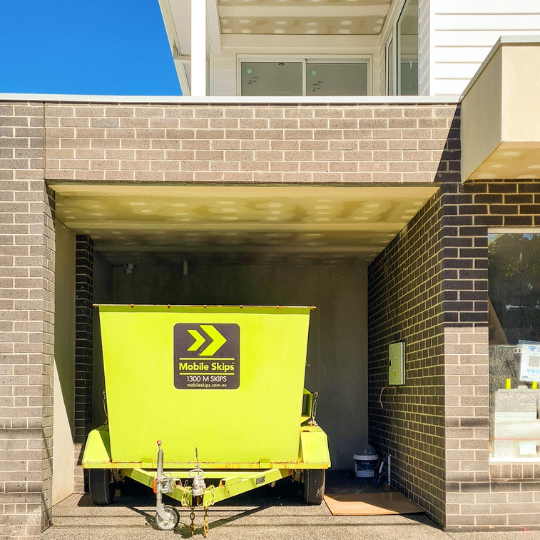The Mindful Approach to Decluttering
When you start clearing out your home, it’s not just about tossing stuff; it’s about boosting your well-being. By adding mindfulness to the mix, you create a space that not only looks neat but also feels peaceful and calm.
What is Mindful Decluttering?
Mindfulness means being fully present and engaged with what you’re doing—no distractions, no judgments, just awareness of your thoughts and feelings. It’s about appreciating the moment, which can make even boring tasks like decluttering feel meaningful.
In decluttering, mindfulness means focusing on the task, looking at each item without emotional baggage, and making thoughtful choices about what stays and what goes. Think of it like meditation: each item is a thought you acknowledge and then release (Zen Habits).
Why Mindful Decluttering Rocks
Mindful decluttering isn’t just about tidying up. It’s a game-changer with loads of perks:
Less Stress and Anxiety: A clutter-free space calms your mind. Without the mess, you can relax and feel more at ease, which cuts down on stress (Trimbox).
More Productivity: Clearing out junk makes life smoother. You spend less time hunting for things and more time getting stuff done.
Better Mental Clarity: Tossing out clutter clears your mind too. It helps you make better decisions and feel more purposeful.
Improved Well-being: Letting go of old stuff helps you focus on the now, shedding emotional weight and leading to a healthier lifestyle.
Emotional Release: Clutter often ties to memories or worries. Mindfully dealing with it can be freeing and healing (Zen Habits).
Living with Intention: By keeping only what matters, you get clearer on your values and priorities, which can positively impact other life areas.
Remember, mindful decluttering is a journey that takes time and practice. Start small, maybe with a decluttering checklist for home, and build up from there. Whether you’re aiming for a minimalist home or just want to tidy up, mindful decluttering can lead to a more focused and fulfilling life.
Mindfulness Techniques for Decluttering
Decluttering your space can be a game-changer, especially when you mix in a bit of mindfulness. It’s not just about tossing stuff out; it’s about creating a more intentional and peaceful life. Let’s dive into how mindfulness can help you declutter and create a space that feels calm and inviting.
Practicing Mindfulness During Decluttering
Being mindful while decluttering means paying full attention to each item you touch. Think of it like a mini meditation session. Start with a small area or a specific type of item. As you pick up each object, notice your breath, the item’s weight, texture, and what it means to you.
Try the ‘One-Minute’ rule: if a task takes less than a minute, do it right away. This helps clear both physical and mental clutter. Another handy method is the ‘Box Method.’ Sort your stuff into boxes labeled ‘keep,’ ‘donate,’ ‘recycle,’ or ‘trash.’ This helps you decide what to do with each item more intentionally.
Ask yourself questions as you go: Does this item make me happy? Is it useful now? Could someone else use it more? These questions help you break the habit of keeping things you don’t really need.
Incorporating Gratitude and Compassion
Gratitude and compassion can make decluttering easier. For each item you let go of, take a moment to thank it for its service or the joy it brought you. This can make it less painful to part with things and turn decluttering into a positive experience.
Think about where your stuff will go next. Be mindful of the impact of waste and try to make eco-friendly choices. Donate to local charities, give items to friends or family, or look into recycling or upcycling options. By being thoughtful about how you get rid of things, you contribute to a larger circle of mindfulness and care.
Remember, mindfulness isn’t just about the physical act of decluttering; it’s about the emotional journey too. Notice your feelings without judging them and let go of your possessions with kindness. This can lead to a greater sense of well-being, as a decluttered space promotes clarity and calm.
For more tips on decluttering, check out decluttering tips for beginners or explore specific areas like decluttering and organizing services and minimalist home decluttering. If you’re interested in the mental health benefits, learn more about decluttering and mental health. Mindful decluttering isn’t just about making space in your home; it’s about creating room in your life for peace and presence.
The Impact of Clutter on Mental Health
Our living spaces can make or break our mental well-being. A messy environment often leads to a messy mind, messing with our daily lives and mental health.
Psychological Effects of Clutter
Clutter isn’t just stuff lying around; it’s often tied to emotional baggage from the past or worries about the future. Holding onto things can keep you stuck, making it hard to live in the now. Letting go of clutter can help you shake off these emotional chains and live more mindfully (Zen Habits).
A study by Princeton University found that our surroundings can mess with our focus and ability to get things done. A cluttered space can lead to a cluttered mind, affecting your mental health. Disorganization can also mess with how you see yourself and your life, impacting your memory, mood, eating habits, and impulse control. Plus, clutter has been linked to higher levels of the stress hormone cortisol and chronic anxiety (Delamora).
Decluttering and Stress Reduction
Decluttering can be like therapy, cutting down stress and boosting happiness, reducing anxiety, and improving self-confidence (Utah State University Extension). By getting rid of clutter mindfully, you can enjoy benefits like less stress and anxiety, more productivity, clearer thinking, and better overall well-being. A clutter-free space promotes calm and cuts down on distractions that add to stress (Trimbox).
Ready to start decluttering? Check out articles on decluttering and organizing, get home decluttering tips, and learn about the link between decluttering and mental health. If you’re ready to take action, a decluttering checklist for home can be a great place to start. Need more help? Look into decluttering and organizing services.
By keeping your living spaces clutter-free, you can create a more peaceful and focused mindset. The simplicity that comes from decluttering can be a powerful tool in your quest for mental clarity and peace.
Strategies for Mindful Decluttering
Taking a mindful approach to decluttering can give you a sense of control and peace in your living space. With the right strategies, you can turn decluttering from a chore into a refreshing practice that boosts your well-being.
Daily Decluttering Routines
The “ten-second tidy” is a daily routine that can seriously cut down on clutter. Just spend ten seconds putting things away after you use them, and you’ll stop messes before they start. Simple routines like this can make your home more manageable and peaceful, which is great for your mental health, as noted by Utah State University Extension.
Try these daily tasks to keep clutter under control:
- Make your bed every morning.
- Quickly clear surfaces like kitchen counters and desks.
- Sort through mail and toss junk right away.
- Spend a few minutes each evening tidying up any messy areas.
By making decluttering a daily habit, keeping your space tidy will become second nature. For more tips, check out our decluttering checklist for home.
Mindful Sorting Techniques
When you’re ready to tackle bigger decluttering projects, do it mindfully. Start with small tasks to avoid feeling overwhelmed. The ‘One-Minute’ rule is a great example: if a task takes less than a minute, do it right away to avoid procrastination.
The ‘Box Method’ is another helpful technique. Sort your stuff into boxes labeled ‘keep’, ‘donate’, ‘recycle’, and ‘undecided’. This helps you make thoughtful decisions about what to keep and what to let go.
Here’s a quick rundown of some mindful sorting techniques:
| Technique | Description |
|---|---|
| One-Minute Rule | If a task takes less than a minute, do it immediately. |
| Box Method | Sort items into boxes based on their future in your home. |
| Categorization | Group similar items together to assess and compare. |
| Prioritization | Decide which items are essential and which can go. |
For more tips on sorting and organizing, check out our articles on decluttering and organizing and mindful disposal practices.
Mindful decluttering isn’t just about getting rid of stuff; it’s about appreciating what you have and letting go of what doesn’t serve you. This can change how you feel about your possessions and create a more organized and peaceful home. To learn more about the emotional benefits, visit our page on decluttering and mental health.
Mindfulness in Cleaning Practices
Turning cleaning into a mindful activity can make it more than just a chore. It can become a way to bring peace and order to your space, especially when paired with decluttering and organizing. Let’s see how you can make cleaning a mindful practice and adopt the “leave no trace” philosophy to create a calm and serene environment.
Mindful Cleaning Process
When you start cleaning, focus only on that task. Forget about planning, podcasts, or TV. Zen Habits suggests being fully present in the cleaning process—whether you’re wiping, sweeping, decluttering, or washing. Notice the crumbs, textures, and sensations. Pay attention to your breath and any tension in your body.
Here’s how to bring mindfulness into your cleaning routine:
- Breathe and Appreciate: Before you start, take a deep breath and feel grateful for your home and belongings.
- Focus on One Task: Concentrate on one task at a time. Notice the sights, sounds, and feel of what you’re doing.
- Stay Present: If your mind wanders, gently bring it back to the task and the area you’re cleaning.
- Appreciate Your Work: After finishing each task, take a moment to appreciate the clean space.
Adding mindfulness to your home decluttering tips helps you stay focused and turns cleaning into a calming, meditative activity.
The Philosophy of “Leave No Trace”
The “leave no trace” idea, usually linked with outdoor ethics, can also apply to our homes and offices. Zen Habits talks about reducing our impact on our living spaces by properly disposing of waste and being considerate of others who share our environment. Here’s how you can live by this philosophy:
- Reduce Waste: Try to produce less waste and recycle or declutter and upcycle when you can.
- Clean Up Immediately: Tidy up right away to stop clutter from piling up.
- Use Eco-Friendly Products: Choose cleaning products that are kind to the environment.
- Respect Shared Spaces: Make sure your actions don’t negatively impact others.
By following the “leave no trace” philosophy, you create a more peaceful and sustainable living space. These mindful practices can lead to a more thoughtful, meaningful, and lasting approach to decluttering and cleaning. Remember, every small step you take adds to the overall peace and well-being of your personal space and the planet.
Mindful Decluttering for Well-being
Emotional Aspect of Decluttering
Getting rid of clutter isn’t just about tidying up; it’s an emotional rollercoaster that can bring a huge sense of relief and renewal. When you declutter mindfully, you do it with purpose, acknowledging the feelings that pop up as you sort through your stuff.
This process can be a real eye-opener. Each item you choose to keep, toss, or donate helps you understand what truly matters to you. Letting go of things that no longer serve you can feel like a weight lifting off your shoulders, making room for new experiences that fit your current lifestyle and future dreams (Clutter Free Now).
Mindfulness helps you recognize these emotions without beating yourself up, making the whole decluttering thing more enriching. It’s not just about clearing space; it’s about clearing a path to a more intentional life. For more tips, check out decluttering and mindfulness.
Physical and Mental Benefits
The perks of mindful decluttering are pretty awesome. Physically, a clutter-free home is easier to move around in and keep clean, saving you time and effort. This makes your living space more functional and boosts your quality of life.
Mentally, decluttering can lower stress and anxiety, improve focus and productivity, and give you a sense of accomplishment. A study by Utah State University Extension shows that decluttering can make you happier, less anxious, and more confident.
A tidy space can also make you feel calmer and cut down on distractions that stress you out. By getting rid of the extra stuff, you clear your mind to focus on what really matters, leading to a more peaceful and mindful life (Trimbox).
| Benefit | Description |
|---|---|
| Less Stress | A tidy space can seriously lower stress levels. |
| Better Focus | Fewer distractions mean better concentration. |
| More Productivity | An organized space helps you work and relax more efficiently. |
| Happier Mind | Decluttering boosts happiness and self-esteem. |
Want to bring these benefits into your life? Check out our home decluttering tips and learn how to keep your home clutter-free and nurturing. Whether you’re getting ready to move or just want to refresh your space, mindful decluttering can be a game-changer for your physical and mental health.
Mindfulness and Environmental Impact
Decluttering with a mindful twist not only clears your head and home but also gives Mother Earth a high-five. By thinking twice about how you get rid of stuff, you can shrink your eco-footprint and join the green team.
Shrinking Your Eco-Footprint
Mindful decluttering means you’re not just tossing things out willy-nilly. You’re thinking about where your stuff ends up and how it affects the planet. It’s about reducing, reusing, and recycling. This thoughtful approach cuts down on waste and helps you live greener.
Here’s how to keep it eco-friendly while decluttering:
- Reduce: Before you buy something new, ask yourself if you really need it. This helps stop clutter before it starts.
- Reuse: Can someone else use what you don’t need? Think about donating your stuff to local charities or passing it on to friends and family.
- Recycle: For things that can’t be reused, check out local recycling options. Look into recycling services that handle your items responsibly.
Smart Ways to Get Rid of Stuff
Mindful disposal means taking a moment to sort your items and get rid of them in an eco-friendly way. This could mean taking old gadgets to an e-waste center or turning old clothes into cleaning rags. It’s about making choices that respect the “Leave No Trace” mantra, as Zen Habits suggests.
Try these mindful disposal methods:
- Donation: Give your items a second life by donating to thrift stores or non-profits.
- Selling: If your stuff is in good shape, think about selling it online or at a garage sale.
- Upcycling: Get creative and find new uses for old items. Upcycling can turn trash into treasure.
- Composting: For biodegradable waste, composting is a great way to return nutrients to the earth.
By adding mindfulness to your decluttering game, you make your home more peaceful and help the planet. Whether you’re doing daily decluttering or tackling it room by room, each mindful move you make can have a big impact. Remember, every item you declutter is a chance to practice mindfulness, gratitude, and compassion—for yourself and the environment.
Decluttering Methods and Mindfulness
Mixing mindfulness with decluttering not only tidies up your space but also boosts your emotional health. As you dive into decluttering and mindfulness, you can use different methods to create a calm and organized home.
Room-by-Room Decluttering
Tackling one room at a time makes decluttering less overwhelming and more rewarding. Here’s a simple guide to help you get started:
- Pick a starting point: Start with the room that stresses you out the most or the one you use the most.
- Set clear goals: Decide what you want to achieve in each room, like creating more space or keeping only the essentials.
- Sort and categorize: Group your stuff into ‘keep’, ‘donate’, ‘recycle’, or ‘trash’.
- Mindful decision-making: Think about the value of each item. Does it make you happy or serve a purpose?
By being mindful at each step, you turn decluttering into a thoughtful practice, helping you declutter your home with purpose and focus.
Different Decluttering Techniques
Besides room-by-room decluttering, there are other methods to bring order to your home. Here are a few highlighted by Clutter Free Now:
- KonMari Method: Marie Kondo’s approach focuses on keeping only items that ‘spark joy’.
- Swedish Death Cleaning: Declutter with the thought of what you’d want to leave behind.
- ‘Slow-Drip’ Method: Declutter a little bit each day.
- Seasonal Decluttering: Do a thorough declutter during a specific time of the year, like ‘Spring Cleaning’.
You can make these techniques even better with mindfulness practices suggested by Trimbox:
- ‘One-Minute’ Rule: Handle any task that takes a minute or less right away.
- ‘Box Method’: Put uncertain items in a box, and if you don’t use them within a set time, let them go.
- Categorizing and Prioritizing: Sort items by category and decide what’s essential for your daily life.
- Mindful Disposal: Recycle, donate, or upcycle items to reduce environmental impact.
The goal of mindful decluttering isn’t just to tidy up but to create peace and clarity. As you try these techniques, you’ll find that decluttering and organizing becomes a fulfilling experience that boosts your mental health and improves your quality of life.






